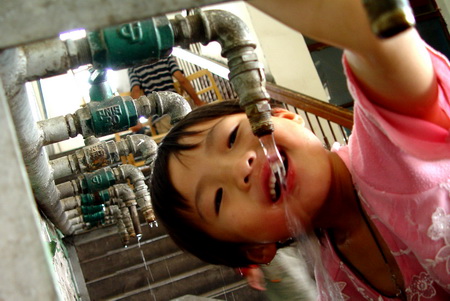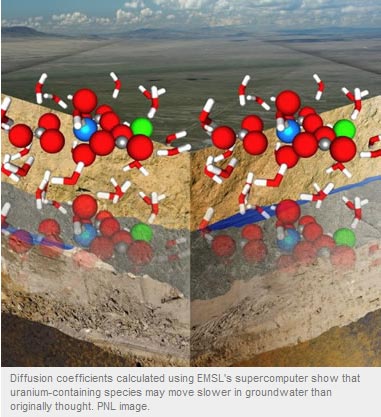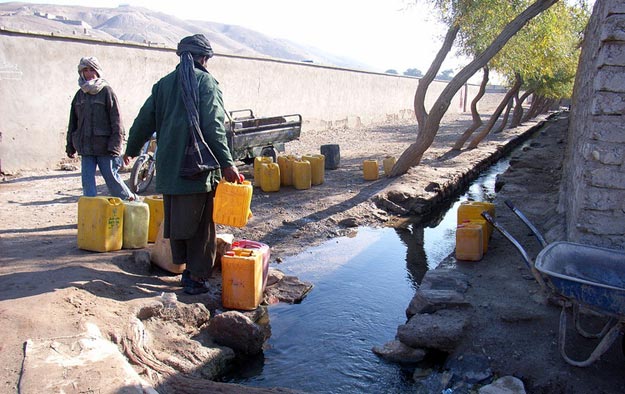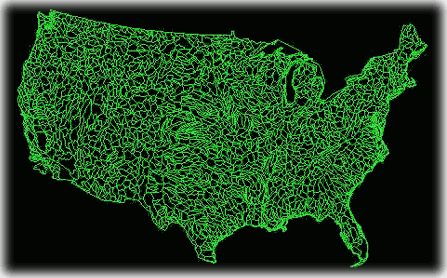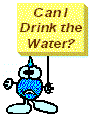Nowadays, the United States is an urbanized country – the vast majority of us live in cities. When you have hundreds of people living in a square mile, it is much more efficient to have the county/city water department deliver water to households than to have everyone drill their own well or build their own water tank. Municipal water systems supply water for a city’s residential, commercial, parkland, schools, and fire-fighting needs. Even industries get some of their water from these public-supply systems.
So just how does your city supply water to you? A great deal of engineering goes into supplying our water needs. Cities have to have a means of storing a tremendous amount of water so it is available when we need it. Probably, somewhere near you (at a higher altitude), a river was dammed to form a reservoir. These reservoirs can be very large or they may cover just a few acres. Sometimes a well is dug to supply ground water to the storage reservoir. Closer to your home might be a water tower, which will always be built on high ground. Read more







